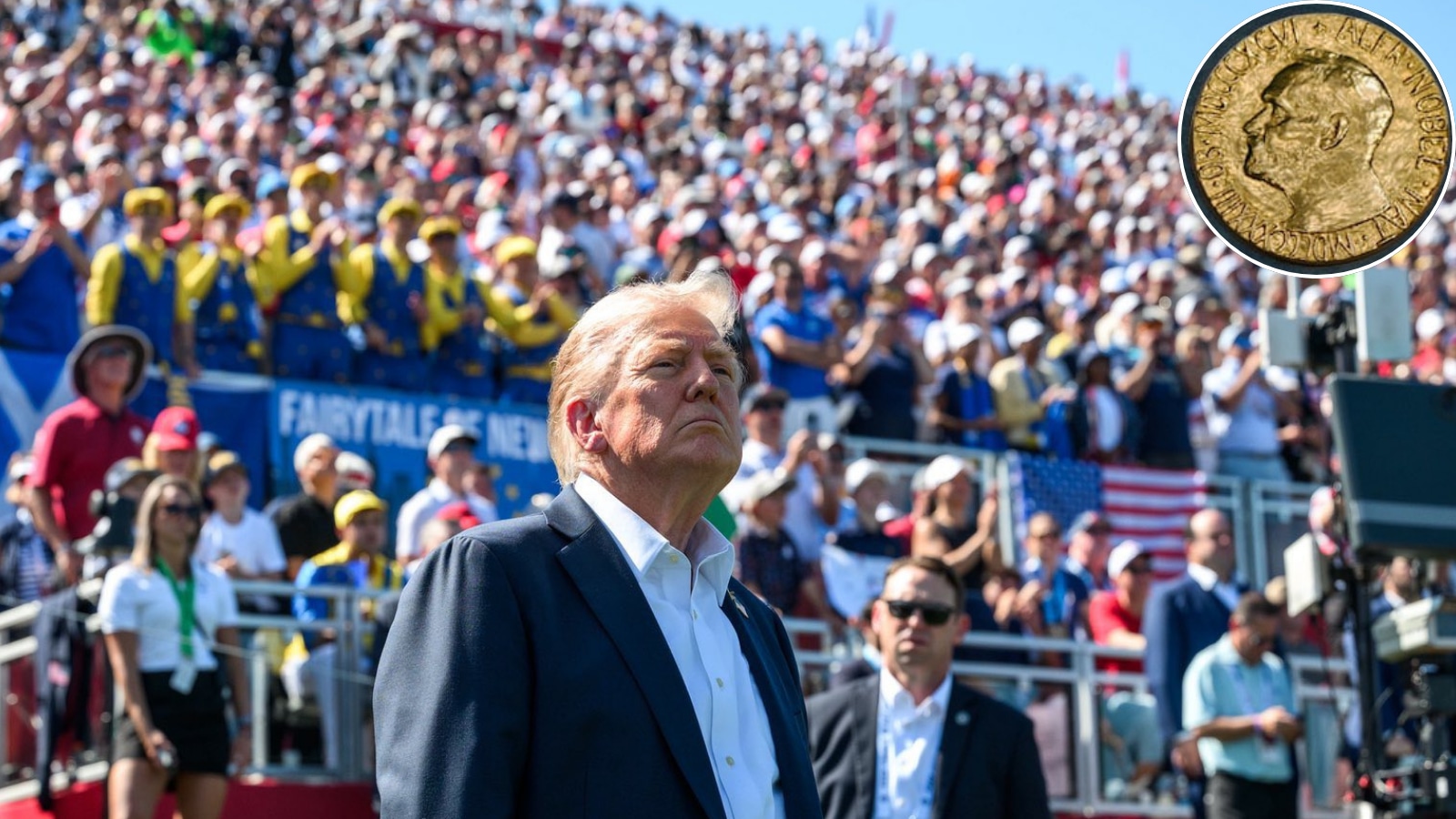Trump’s Tweet Wipes Out $2 Trillion: Can the Market Survive Another Trade War?

Imagine waking up to find that a simple social media post could obliterate $2 trillion from the stock market. Yes, that’s exactly what happened after President Donald Trump’s alarming statement about China, sending shockwaves throughout global markets.
On Friday, as the S&P 500 teetered just shy of an all-time high, Trump’s words rattled investors. His post on Truth Social, claiming that China was “becoming very hostile” due to its control over rare earth metals, triggered an immediate sell-off. According to Bespoke Investment Group, his remarks led to a staggering $2 trillion loss in market value, marking the worst performance for the S&P since early April.
Trump's accusations painted China as holding the world “captive” with its “monopoly” on essential resources, hinting at potential massive tariffs on Chinese imports. This news hit the market hard, with the S&P 500 dropping 2.7% and the Nasdaq Composite falling 3.56%. Even the Dow Jones Industrial Average plunged by 879 points, representing a 1.9% decline.
So, what sparked this catastrophic sell-off? There were expectations for progress in U.S.-China trade talks, especially with the anticipated meeting between Trump and Chinese leader Xi Jinping at the upcoming APEC summit. Investors had grown comfortable with the current 40% tariffs, believing the U.S. economy could withstand the strain. However, Trump’s fresh threats shattered that optimism, reigniting fears of a full-blown trade war.
Adding fuel to the fire, China recently tightened its grip on the rare earths market, announcing new export restrictions that could further exacerbate tensions. With China controlling nearly 70% of the global supply of these crucial materials, any potential tariffs on U.S. goods could lead to retaliation, pushing the U.S. economy to the brink.
The tech industry felt the brunt of the fallout. Stocks of major chipmakers like Nvidia and AMD took significant hits, while shares of Apple and Tesla also fell sharply. Even the broader market suffered, with 424 of the S&P 500 companies closing in the red. Pro investors scrambled to offload positions, raising cash amidst the uncertainty.
Looking ahead, Monday could bring more turbulence, as Trump announced plans for even steeper tariffs and export controls on critical software, a move that could devastate U.S. tech giants. However, some market analysts urge caution, suggesting this might just be Trump's negotiating tactic—much like past instances where initial threats were dialed back through negotiations.
Jay Woods, chief market strategist at Freedom Capital Markets, reassured investors, stating, “This knee-jerk sell-off should be another buying opportunity.” Given that the S&P 500 is still up more than 11% this year, many believe that patience could pay off in the long run, despite the current doom and gloom.

























